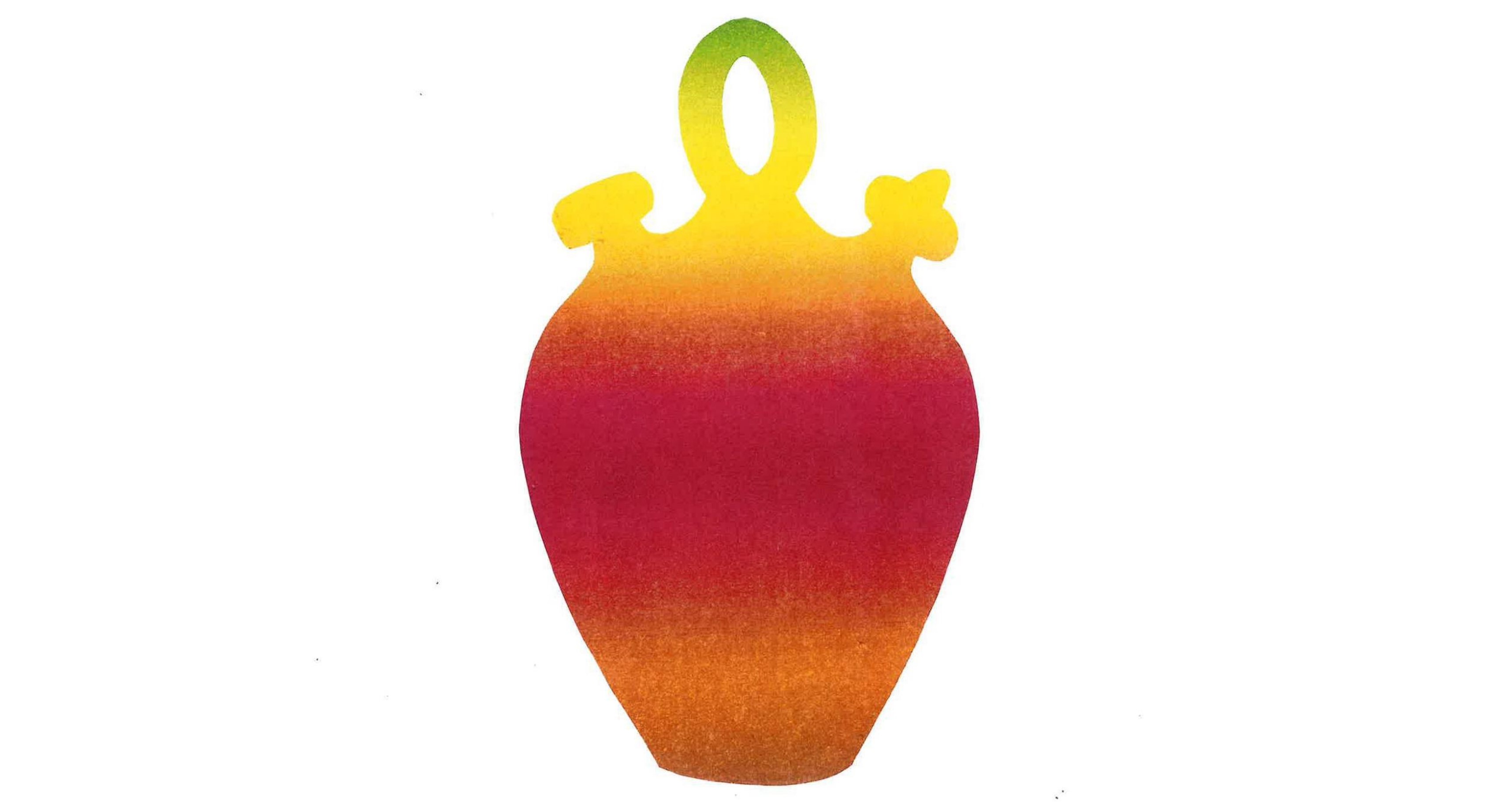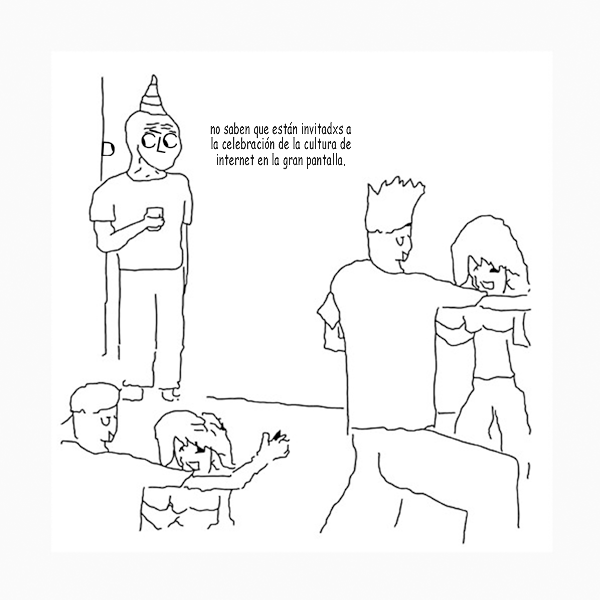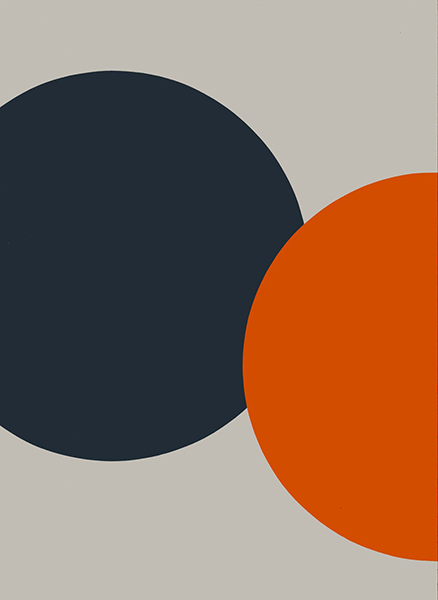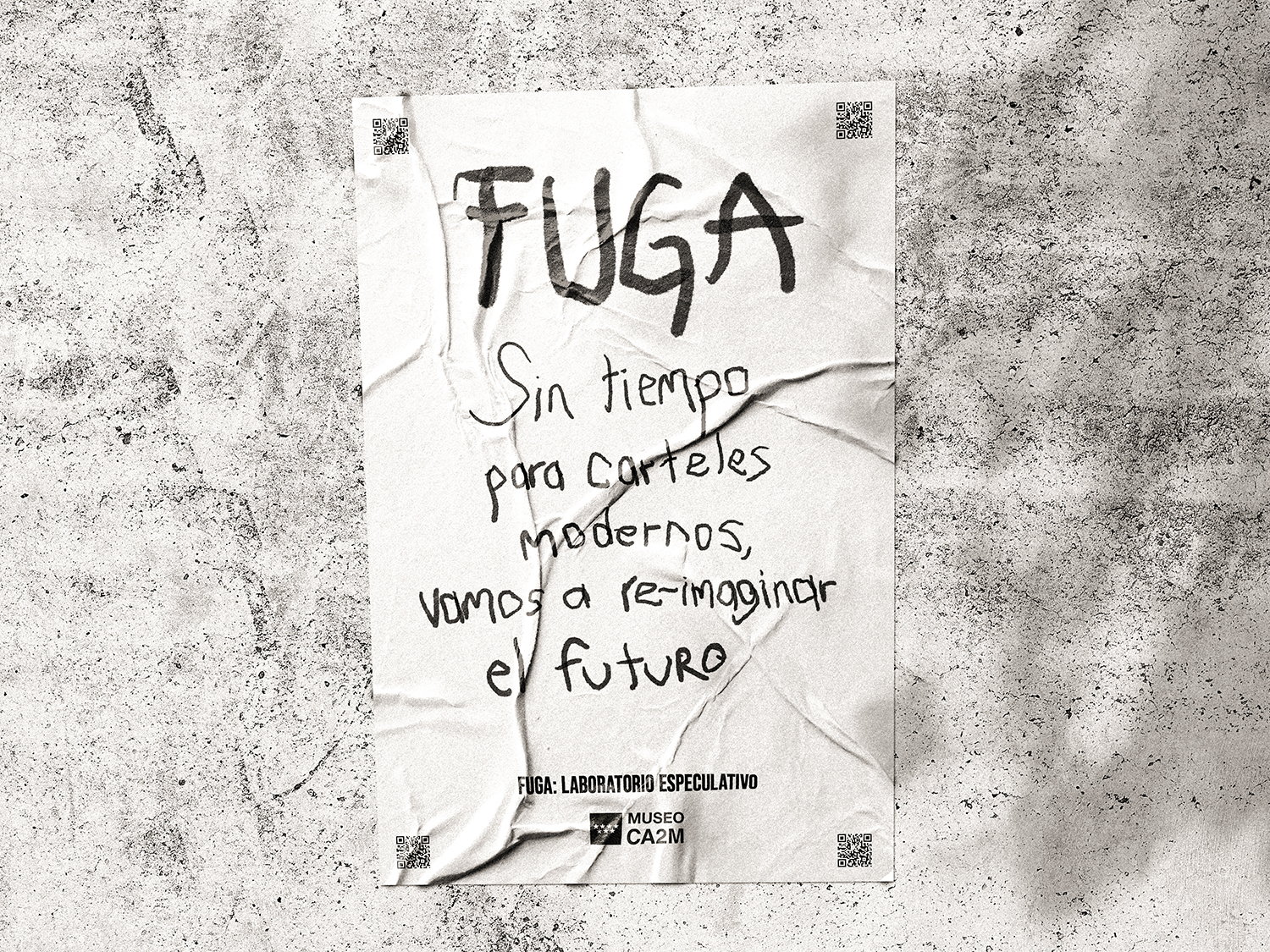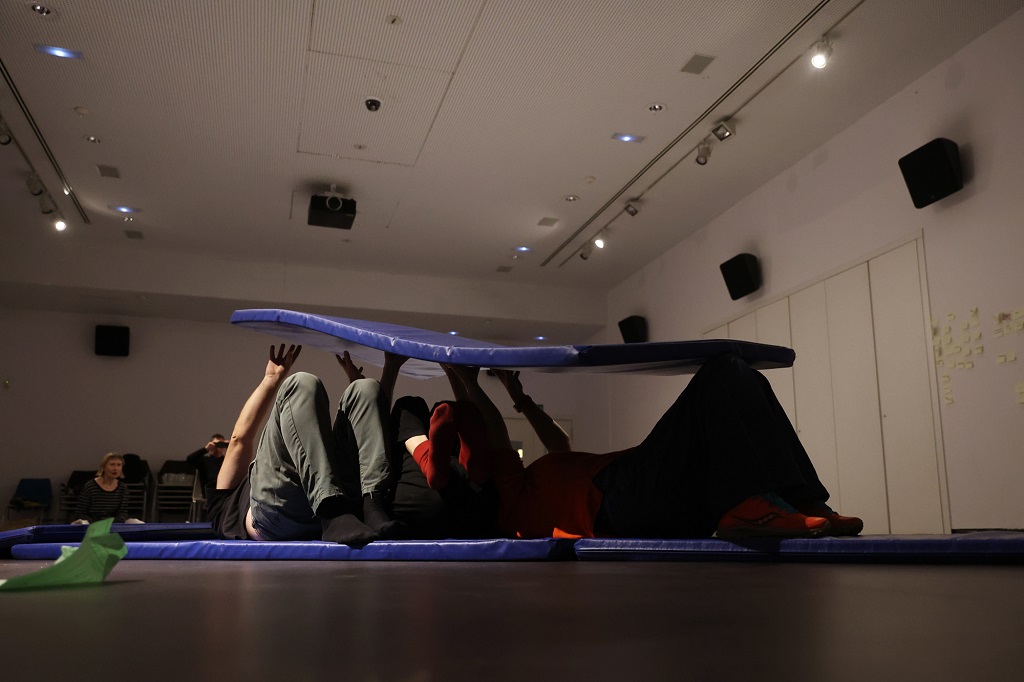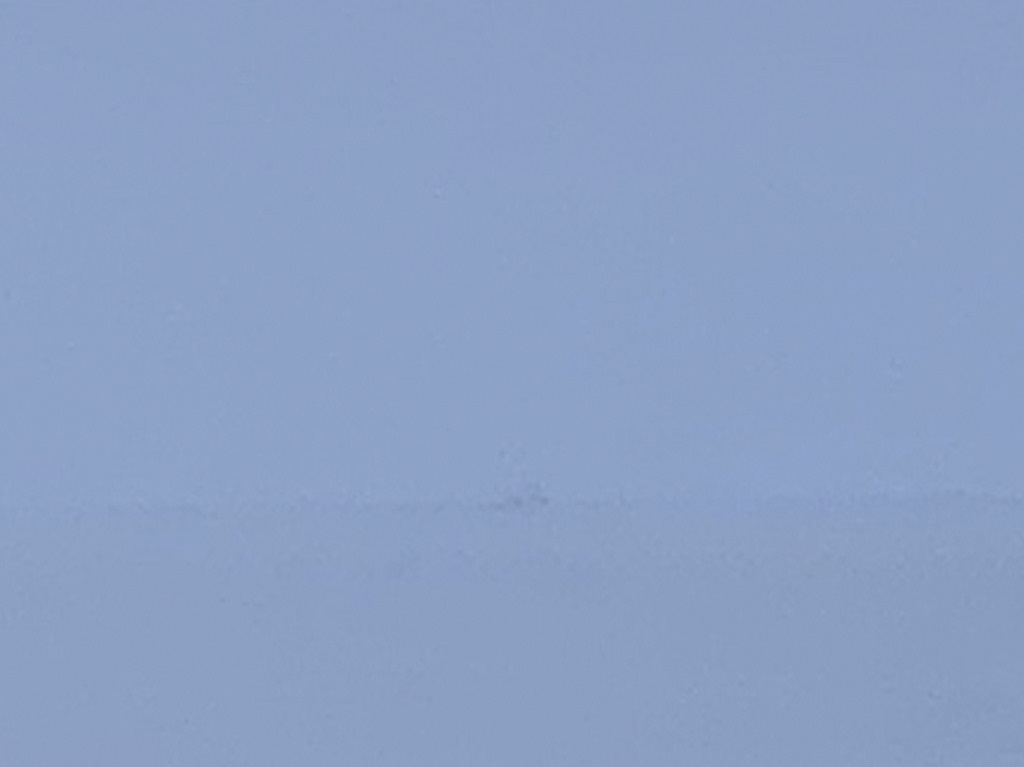|
We are announcing a call for participation to assemble a working group that will engage in different activities with the artist, including inspiring walks, studio tours and the collective creation of a tableau. Over four sessions, we’ll work with the same group of families, exploring and creating together.
We’ll create a tableau made of painted cardboard. It will show the sky and the earth through elements like stars, planets, birds, stones and plants and will be used as a backdrop for the display of a selection of around thirty objects from the collection associated with themes like the landscape, children and play in an exhibition at the museum.
In the late nineteenth and early twentieth centuries, Spain experienced a regenerationist movement influence by Krausism, which connected landscape, education and identity as symbols of modernity. Unfortunately, the movement was interrupted by the Civil War. The Institución Libre de Enseñanza, founded by Giner de los Ríos, promoted an integral pedagogy based on nature and advocated outdoor learning and observation of the landscape.
The members of the institution stressed the value of the landscape in Spanish culture, inspiring a new aesthetic and educational sensibility. Artists from the Vallecas School, like Maruja Mallo, Benjamín Palencia and Alberto Sánchez, upheld the Castilian landscape as a symbol of renewal; they were opposed to industrialisation and strove to revive the rural. In so doing, the landscape became a symbol that transcended the local to reflect on our identity, merging tradition and modernity.
Inspired by the work of those creators, Antonio Ballester Moreno has designed this participatory activity, and all families are invited to join.
Antonio Ballester Moreno
He views art as an educational gesture, not an expression. Based on this idea, he has examined the landscape and context as part of our own identity and formation. The Institución Libre de Enseñanza and the cultural movements in the late nineteenth and early twentieth centuries are important referents in his work because of their connection to these ideas.
He has held exhibitions at the Patio Herreriano in Valladolid using the pedagogical archive of the sculptor Ángel Ferrán in conjunction with his own work. He examined the topic of education through play and motor activities at ARTIUM in Vitoria. And he took a historical survey of the artists who participated in the regenerationist movements up to the Vallecas School at the Fundación Cerezales Antonino y Cinia in León. He participated as an artist and curator in the 33rd Sao Paulo Biennial, where he displayed all these ideas based on the continuity between the aesthetic experience and natural life processes, breaking with dualist concepts like art versus popular culture, the aesthetic versus the practical and the artist versus ‘ordinary’ people.
After all, every single one of us, bar none, is creative, and the purpose of all creation is not the pure truth of knowledge per se but simply to improve experience.
PRACTICAL INFORMATION:
The timetable may change, in which case the participants will be informed.
Registrations for families who can attend all four sessions will be prioritised.
Registration begins 7 April via a form on the website.
Regarding age: If there are little ones in your family, they are more than welcome. We’ll try to make sure that they have a good time and that we can share the creation space. However, families with children over the age of six will be prioritised due to the nature of the activity (walks, cutting implements, etc.).
If places become free as the activity proceeds, we will contact people on the waiting list who may still be interested in joining.
|

